A Black Swan With Teeth
For years, I have been warning that during the age of permanent stimulus (which began in earnest with the Federal Reserve’s reaction to the dotcom crash of 2000), each successive economic contraction would have to be met with ever larger, increasingly ineffective, doses of monetary and fiscal stimulus to keep the economy from spiraling into depression. I have also said that the enormity of the asset price gains over the last 10 years had increased the danger because reflating the bloated stock, real estate, and public and private debt markets would bring on doses of stimulus that could prove lethal for the economy. But even though I expected that the next financial crisis would be catastrophic, I thought that it would come into the world in the usual way, as a credit crisis triggered by over-leverage. But the Coronavirus ripped up those stage notes, and instead ushered in a threat that is faster and deeper than I imagined, and I imagined a lot. It’s a perfect storm, a black swan with teeth.
Even in my most pessimistic assessments, I did not expect that so many seemingly distant sectors of the economy would simultaneously evaporate, almost overnight, or that government deficits would expand to nearly $4 trillion in the first wave of the crisis, or that the Federal Reserve would so suddenly launch its largest-ever experiment in quantitative easing, (with almost none of the forward guidance they have used to telegraph lesser moves), which would expand its balance sheet by more than $3 trillion in a matter of just a few months. Nor did I expect that at its outset the Fed’s new buying plan would include, for the first time, corporate bonds and high yield debt ETFs. (I thought those expansions would come eventually, not immediately.)
To make matters even worse, the crisis has struck in the midst of a presidential election year, which guarantees that every policy decision has been made through a political prism. Democrats are seizing on the crisis to paint the Trump Administration as incompetent, ineffective and uncaring, often twisting themselves into knots to do so. (Trump has done himself no favors by using his daily briefings to showcase his inconsistent policy positions, combative political style, and his tenuous grasp of medical concepts.) So, in contrast to prior national crises that had tended to pull the country together (think 9/11), this event is tearing us apart.
But there is one thing upon which both sides seem to agree: the need for the Federal government to shower the economy with newly created money, bail out everyone who can claim that the virus “was not their fault,” and to fully liquefy the financial markets. The result has been an increase in government spending that dwarfs everything we have ever seen in the past, including the government’s response to the 2008 financial crisis. The $3 trillion increase in Federal debt accumulated this spring may just be the beginning.
The major political differences now center on matters of degree, particularly how long the economy should remain closed and how many jobs, businesses, and family financial plans should be exchanged for each life that may be saved through extended lockdowns. This is where it gets ugly.
Most Democrats, claiming that they are solely motivated by a desire to save as many lives as possible, are pushing for extended lockdowns. But given the economic and scientific idiocy of their proposals (for instance, the failure to differentiate between relative risk levels across society), you can forgive those who conclude that they are at least partially interested in enacting the sorts of radical economic transformations that would have been impossible to push through in normal circumstances.
Republicans are leaning in the other direction, with many favoring the Swedish approach to the pandemic, which looks to quarantine the most vulnerable (the elderly and immuno-compromised) while seeking to build “herd immunity” among the majority of healthy citizens. This idea avoids lockdowns and social distancing (and tolerates elevated infection rates among the healthy) in order to suppress future infection waves, and more importantly, to prevent economic catastrophe.
Of course, the Swedish government, knowing that it alone would have to bear the cost of its decisions, did a rational cost/benefit analysis on its options. U.S. governors, who are relying on the Federal government to support the unemployed and to bail out state deficits, have been spared these hard choices. With costs shifted to the Federal government, states have underplayed economic considerations in their public health plans. No doubt many states have seized on the crisis as an opportunity to be bailed out of financial problems that predated the current crisis.
From his basement-based presidential campaign, Joe Biden has repeatedly asserted that trade-offs between safety and economic activity are a “false choice,” and that any policies that may just prevent “one more death” should be implemented, no matter the costs. Such claims are symptomatic of a politician who prefers cheap posturing to reality.
The insanity of this idea can be seen in California, a state under total control of the Democrats. Despite a per capita death rate that is less than 30% of the national average, based on current data from Wolrldometer, the state seems to be prepared to commit economic suicide. In Los Angeles County, home to more than 10 million people as of 2018, the County Public Health Director just recommended that lockdown orders stay in place until August. On May 8 The Mercury News reported that California guidelines now dictate that counties remain closed until there are no COVID deaths, and no more than one new case per 10,000 residents, in the last 2 weeks. That bar is set so high that it seems designed never to be cleared.
Democrats’ preferred approach seems to be: Test everyone in the country for the disease, contact trace the tens of millions who are likely to test positive (even though that accomplishes nothing), lockdown until a vaccine is developed, and pass the costs on to the Federal Government. They seem to prefer this to a world in which Americans are empowered to make choices regarding their own health risks and economic imperatives. In so doing, some have equated calls for “liberty” with racism and greed.
Some of the government’s immediate responses have been laughably inept. Take the Paycheck Protection Program (PPP), which provides direct payments to workers who have lost jobs due to forced shutdowns. The problem is that the payments are often significantly higher than the former wages earned by many workers. That means that even when companies are allowed to open and rehire, many employees may not want to come back to work, at least not until their new unemployment checks run out. And based on the current drift in Washington and the stakes created by the election, there is a high likelihood that the generous payments will be renewed before the program expires in late summer. (Democrats want to extend the higher payments until January).
This is dangerous territory. As former Libertarian leader Harry Browne once said: Government breaks your leg, and then hands you a crutch and says, “See, if it weren’t for us, you wouldn’t be able to walk.” That is precisely what is happening here.
For countries that issue currencies that are not the world’s reserve (that is every country but the U.S.) the playbook is radically different. Down in the cheap seats, politicians are aware that the costs of trying to print your way out of a financial dead-end are likely to be higher than the temporary gain of immediate liquidity injections. Blatant “debt monetization,” whereby a government sells newly-created bonds to its central bank, usually ends in rampant, or even hyper, inflation, which wipes out the savings and the economic viability of the nation. But the dollar sits at the center of the global financial system, creating a built-in demand, as most cross-border transactions need dollars to execute. This advantage allows Washington to consider policy options that would be too risky for other countries.
And so while we can clearly see this new wave of debt forming on the horizon, few fear any real damage when it finally crashes onto shore. The fact that we have yet to pay a high price for our prior accumulation of debt, in terms of inflation and high interest rates, gives politicians and Wall Street cheerleaders room to suggest that there is no downside to the “government pays for everything” approach.
With this trump card tucked into our sleeve, the United States will now engage in the biggest experiment in money creation the world has ever seen. The hubris of American monetary exceptionalism may mean that no plan will be devised to steer us out of the dead-end of zero, or negative interest rates, no plan to confront our massive fiscal structural deficits, and no plan to create an economy that can survive without government life support.
But maybe the experiment in money creation can succeed in getting us through the COVID Depression without causing consumer prices to surge and cutting the legs out under the dollar? Maybe everything I have ever learned, or felt, about economics is wrong? Maybe money can grow on trees? I’m betting it can’t.
But this crisis will present different math than what we have seen over the last 20 years. We will be showering the country with money at a time when the supply of goods and services is diminishing due to work stoppages, production declines, distribution bottlenecks, and import restrictions.
Even if all restaurant and retail employees were to ignore the incentives and return to work, there is no certainty that customers will follow as fears of contagion will remain long after the economy reopens, and social distancing procedures will reduce the quality of the experience while increasing its cost. There are also no legal protections currently on the books to shield employers from lawsuits brought by workers or customers who may contract the virus on their premises. Under these circumstances, wide swaths of business sectors may just cease to be. In sum, there are many reasons to suspect that a very deep recession, or even a depression, will remain even after the disease subsides. All this means that the economic rebound may be much softer than expected.
So, we will have more money chasing fewer goods and services. This is a recipe for stagflation, whereby prices go up even while the economy contracts, creating a horrible economic situation for those at the bottom of the economic pyramid. Most dangerously, we see this happening now in the food supply, with meat processors and farmers facing difficulties in getting products to market. If you think social cohesion is breaking down now, wait until people have problems feeding their families.
When you get down to it, this crisis exposes just how deeply the decay of debt has undermined the economy. The forced shutdowns and social distancing would have been a serious blow to a very robust economy, but not likely fatal. In a healthy economy, individuals, businesses, and even governments, may have had the savings to draw on in case everything went wrong. Savings could have allowed us to freeze economic activity for a time, and survive to see it restart. But credit has become so cheap and so freely given in recent decades that the incentive to save has never been lower. Knowing that credit cards are handed out like lollipops, consumers have learned to live paycheck-to-paycheck. With interest rates near zero, small businesses have learned to rely on business lines of credit to pay current bills, and mega-cap corporations borrow to buy back shares, trading long-term stability for a short-term share price appreciation. In such an environment, any economic interruptions that constrain short-term revenues create an immediate crisis. Without the life support of savings, everyone immediately calls on the government to ride to the rescue. The problem is the politicians show up with the economic equivalent of pep pills and leeches.
So, we can see where this is going. Debt and monetary expansion look almost certain to increase. The dollar may eventually buckle under the weight, dragging the bond market down with it. It’s hard to say what the economy will look like once the bill comes due, but investors have plenty of warning. They should use the current period, where the dollar has yet to fall, to consider holdings that may provide real protection.





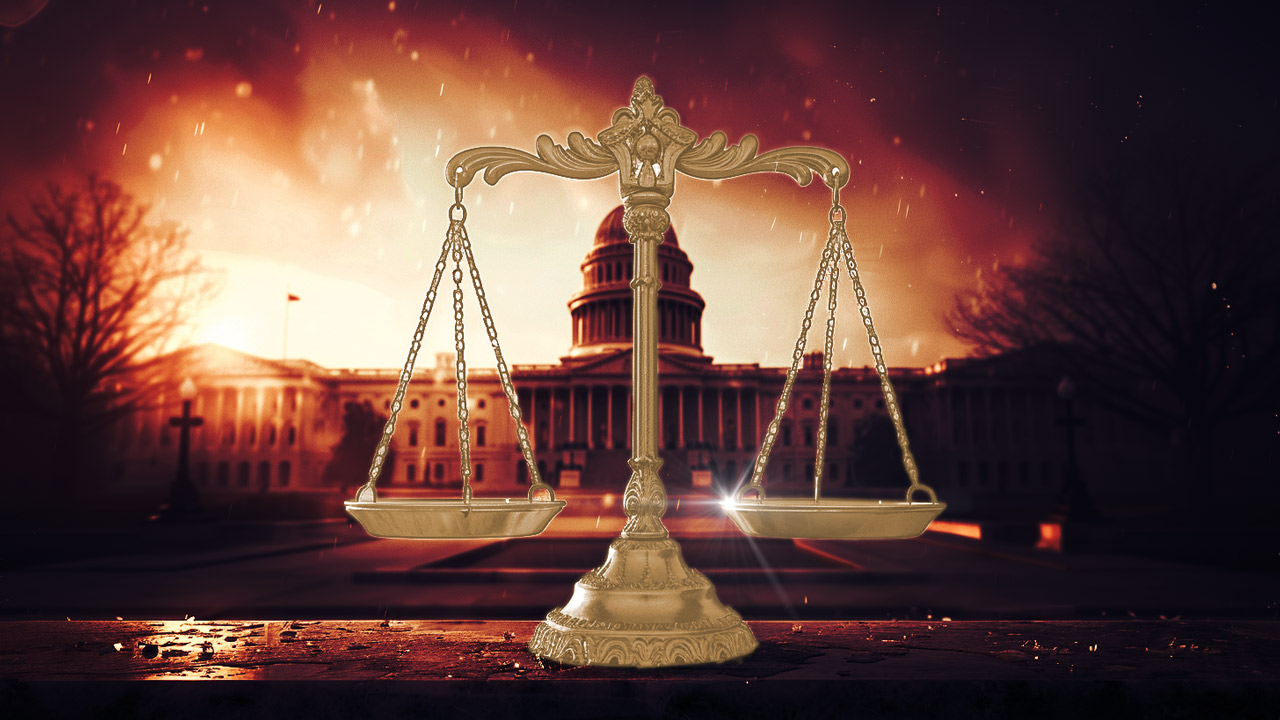 America’s trust in its institutions has rapidly eroded over the past 20 years. We have a lower level of trust in our judicial system and elections than most European countries. Some of this is natural, as Americans are uniquely individualistic, but much of it arises from repeated government failures.
America’s trust in its institutions has rapidly eroded over the past 20 years. We have a lower level of trust in our judicial system and elections than most European countries. Some of this is natural, as Americans are uniquely individualistic, but much of it arises from repeated government failures.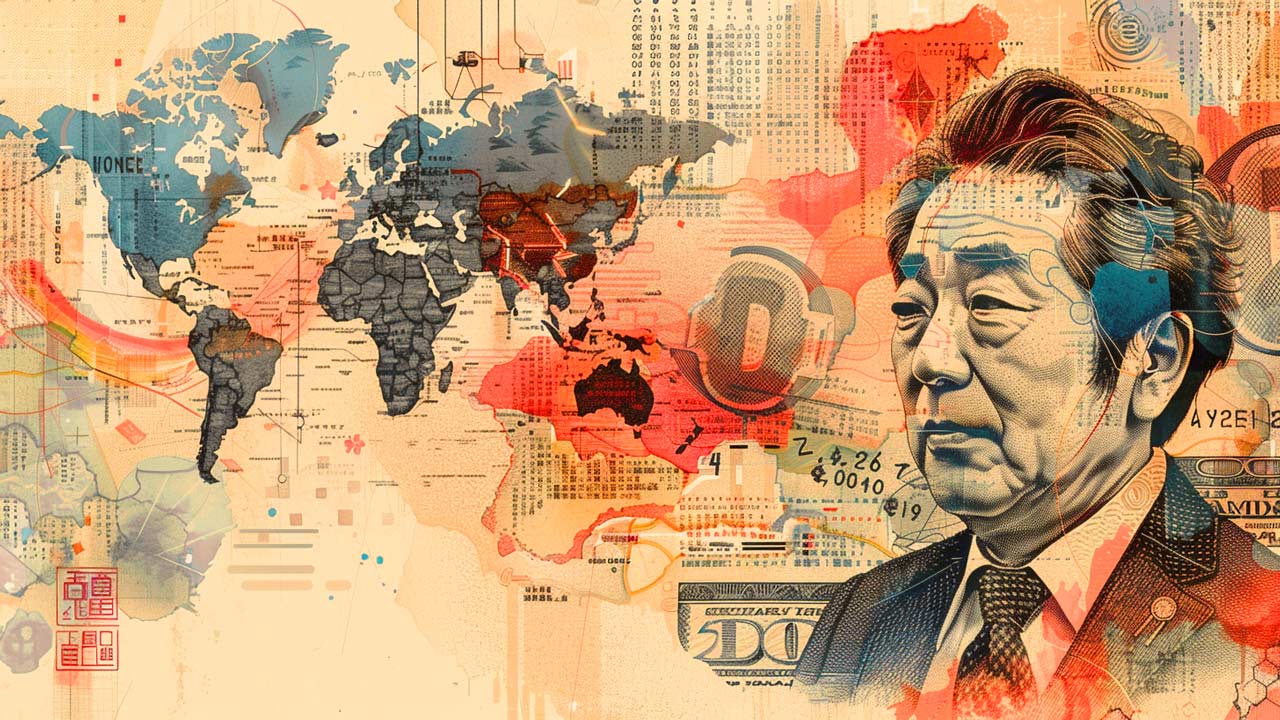 Decades of negative interest rate policy in Japan have ended. That could mean the end of the $20 trillion “yen carry trade,” once one of the most popular trades on foreign exchange markets, and a chain reaction in the global economy. The yen carry trade is when investors borrow yen to buy assets denominated in […]
Decades of negative interest rate policy in Japan have ended. That could mean the end of the $20 trillion “yen carry trade,” once one of the most popular trades on foreign exchange markets, and a chain reaction in the global economy. The yen carry trade is when investors borrow yen to buy assets denominated in […]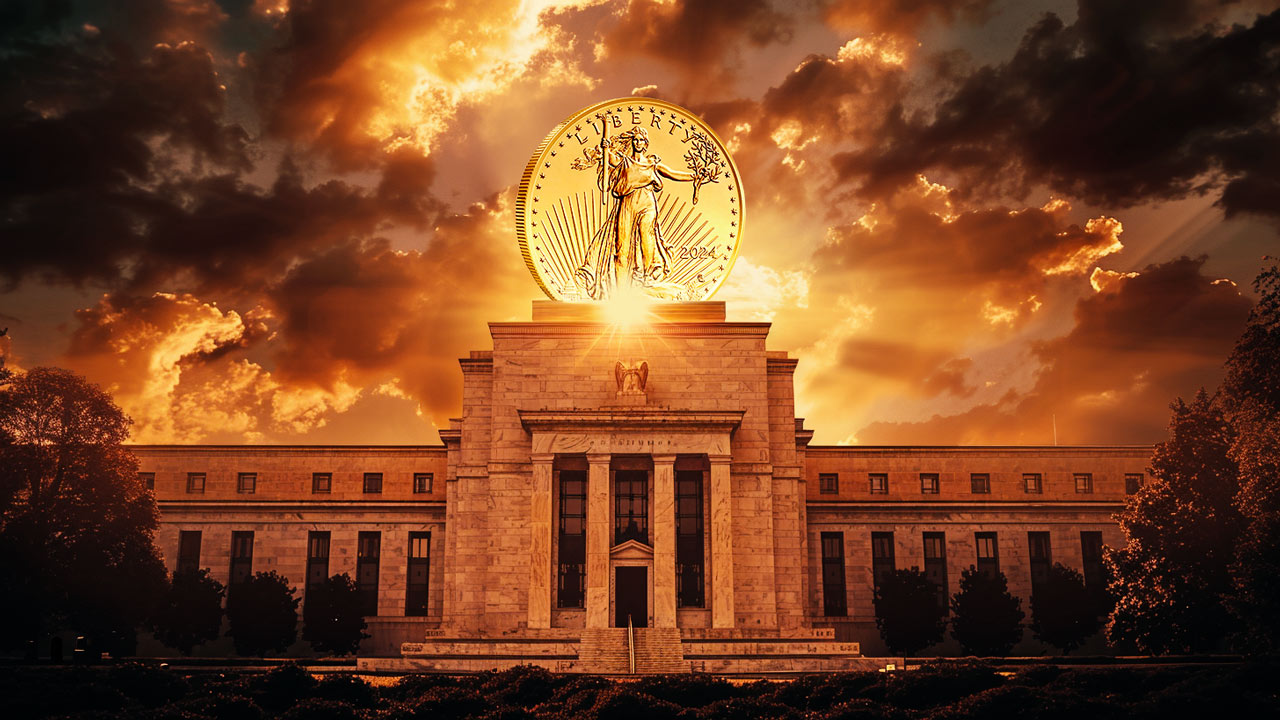 With a hot CPI report casting a shadow of doubt on the likelihood of a June interest rate cut, all eyes are on the Fed. But they’ve caught themselves in a “damned if they do, damned if they don’t” moment for the economy — and the news for gold is good regardless.
With a hot CPI report casting a shadow of doubt on the likelihood of a June interest rate cut, all eyes are on the Fed. But they’ve caught themselves in a “damned if they do, damned if they don’t” moment for the economy — and the news for gold is good regardless. 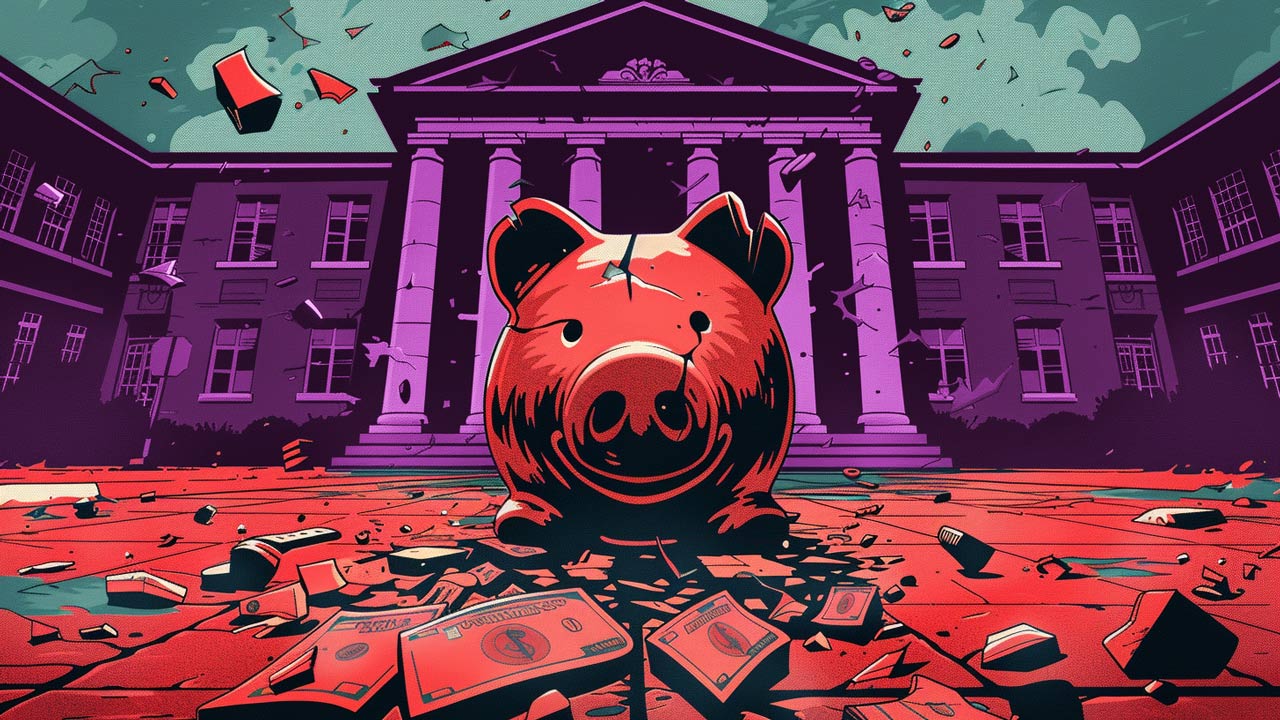 It’s no secret that the American public is wildly ignorant of many issues that are central to the success of our nation. Just a generation ago it would have been unthinkable that less than half of the American population could recognize all three branches of government. America is in most cases far less educated about its government […]
It’s no secret that the American public is wildly ignorant of many issues that are central to the success of our nation. Just a generation ago it would have been unthinkable that less than half of the American population could recognize all three branches of government. America is in most cases far less educated about its government […]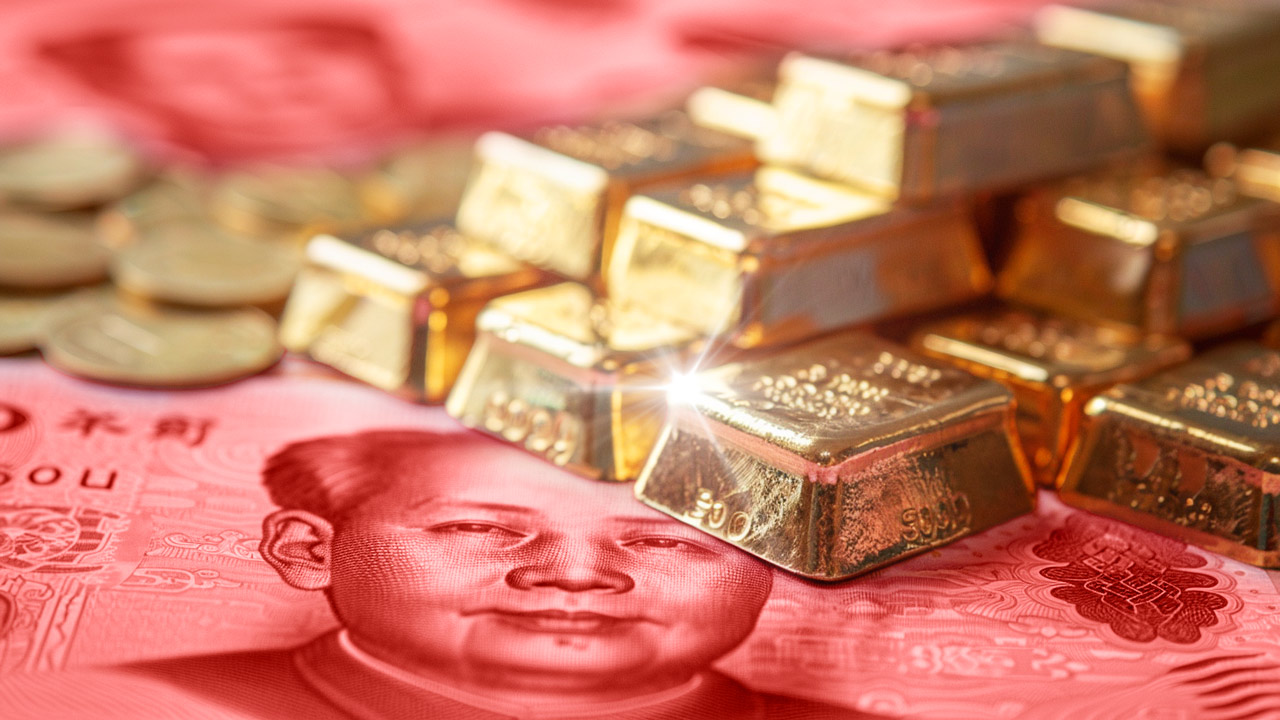 In investing, “Buy low, sell high” is among the most well-known sayings, and generally, it’s good advice. But with gold still holding near its historic all-time highs, central banks led by China are bucking the classic adage and smash-buying more, buying the top to fortify themselves against a global monetary and financial blow-up.
In investing, “Buy low, sell high” is among the most well-known sayings, and generally, it’s good advice. But with gold still holding near its historic all-time highs, central banks led by China are bucking the classic adage and smash-buying more, buying the top to fortify themselves against a global monetary and financial blow-up.